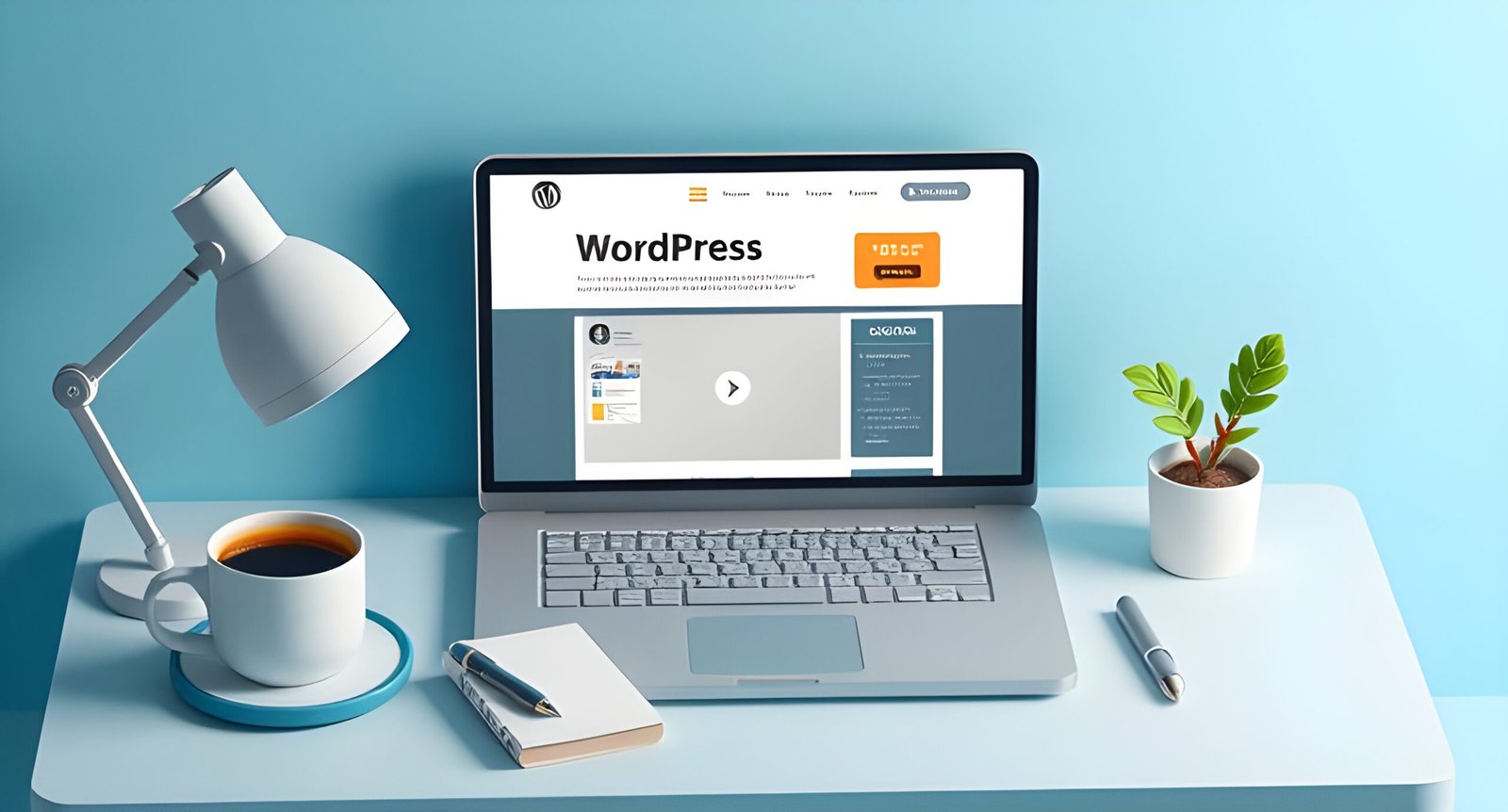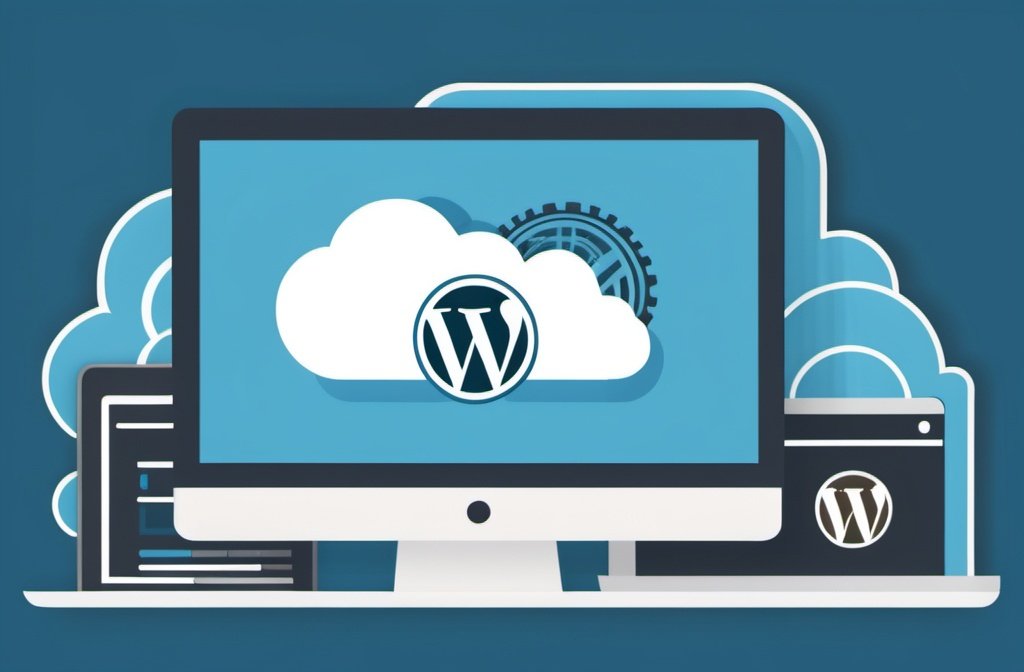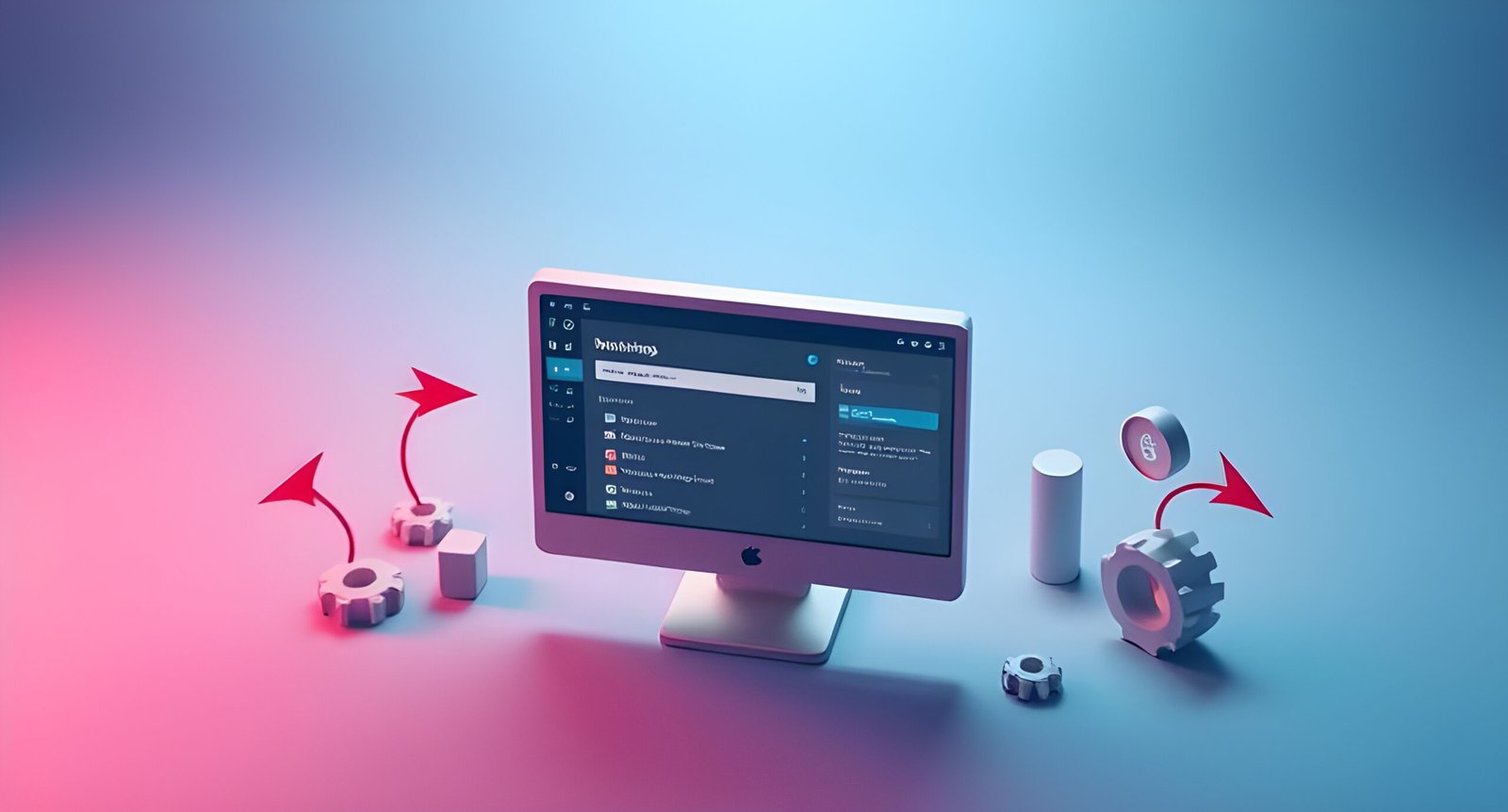Starting a blog can be an exciting and rewarding venture, whether you’re sharing your passions, expertise, or thoughts with the world. WordPress is one of the most popular platforms to build a blog, and for good reason. It’s user-friendly, customizable, and offers plenty of options to grow your blog successfully.
In this guide, I’ll walk you through the essential steps to start a blog on WordPress that stands out, engages readers, and potentially earns income.
Step 1: Choose Your Blog’s Niche
Before you even begin setting up your blog, decide on your blog’s niche. What is your blog going to be about? Some popular niches include:
- Personal Development
- Health & Fitness
- Finance
- Technology
- Travel
- Food & Recipes
- Lifestyle
Pick a niche that not only interests you but also has an audience. Make sure your niche allows you to consistently create valuable content.
Step 2: Get a Domain Name and Hosting
The first technical step to blogging on WordPress is securing a domain name and web hosting.
- Domain Name: Your domain is your blog’s address on the internet (e.g., yourblogname.com). Make it short, easy to remember, and relevant to your niche.
- Web Hosting: Hosting is where your website files are stored. There are several reliable web hosts that offer one-click WordPress installations, such as Bluehost, SiteGround, or HostGator.
If you’ve already set up hosting and your domain, great! You’re ready to move on to WordPress installation.
Step 3: Install WordPress
Most hosting providers offer a one-click installation for WordPress. Once you’ve set up your hosting, log into your hosting account, find the WordPress installation option, and follow the on-screen instructions. After installation, you’ll be able to access your WordPress dashboard, where all the magic happens.
Step 4: Choose a Theme
WordPress offers thousands of free and premium themes. A theme dictates the layout and design of your blog. Choose a theme that’s clean, professional, and easy to navigate.
To pick a theme:
- Go to the WordPress dashboard.
- Navigate to Appearance > Themes.
- Click on Add New and browse the available themes.
- Preview the theme and if you like it, click Install and then Activate.
Remember, your blog’s design is crucial for keeping visitors engaged. Consider investing in a premium theme for more customization options.
Step 5: Customize Your Blog
Once you’ve chosen a theme, it’s time to personalize your blog. Go to Appearance > Customize to make changes such as:
- Logo: Add a logo to make your blog look more professional.
- Colors and Fonts: Choose a color scheme and fonts that reflect your brand.
- Widgets: Add useful widgets like recent posts, categories, or a search bar to help visitors navigate your blog.
Step 6: Install Essential Plugins
Plugins are tools that enhance your blog’s functionality. Some essential plugins include:
- Yoast SEO: Helps optimize your content for search engines.
- Akismet Anti-Spam: Protects your blog from spam comments.
- Jetpack: Offers security features, performance enhancements, and more.
- WPForms: Creates contact forms for visitors to reach you easily.
- Google Analytics for WordPress: Tracks visitors to your site.
You can install plugins by going to Plugins > Add New in your WordPress dashboard.
Step 7: Create High-Quality Content
The most important part of any successful blog is its content. Write posts that provide value to your readers. Focus on:
- Engaging Topics: Write about what interests your audience.
- Well-Researched Information: Offer practical tips, tutorials, or insights that readers can apply.
- Compelling Headlines: Make sure your headlines are catchy and informative.
- Consistency: Publish content regularly to keep your audience engaged.
Step 8: Promote Your Blog
Once you’ve published a few posts, it’s time to promote your blog. Some ways to drive traffic to your blog include:
- Social Media: Share your posts on social media platforms like Facebook, Twitter, Pinterest, and Instagram.
- SEO: Optimize your blog posts for search engines to improve organic traffic.
- Email Marketing: Start collecting email subscribers and send regular newsletters.
Step 9: Monetize Your Blog
If you’re aiming to make money from your blog, there are several ways to monetize:
- Affiliate Marketing: Promote products or services and earn commissions for sales generated through your referral links.
- Sponsored Posts: Partner with brands for sponsored content.
- Ads: Use ad networks like Google AdSense to display ads on your blog.
- Products or Services: Sell your own digital or physical products, or offer services like coaching or consulting.
Step 10: Keep Learning and Improving
A successful blog doesn’t happen overnight. Keep learning about blogging, marketing, and SEO to improve your skills and grow your audience. Read other successful blogs, take online courses, and stay up-to-date with the latest trends in blogging.
Conclusion
Starting a blog on WordPress is easy, but growing it into a successful venture takes time, effort, and consistency. By following these steps—choosing the right niche, setting up WordPress, creating valuable content, promoting your blog, and exploring monetization options—you’re well on your way to achieving blogging success!
Are you ready to start your WordPress blog? Let me know in the comments or reach out for help with any of the steps!




